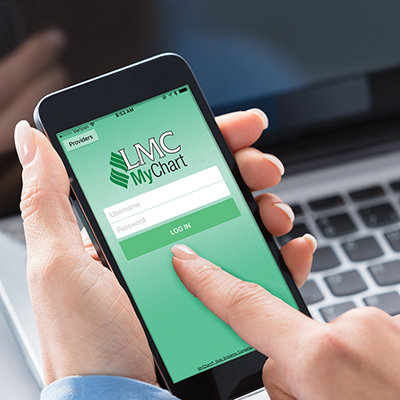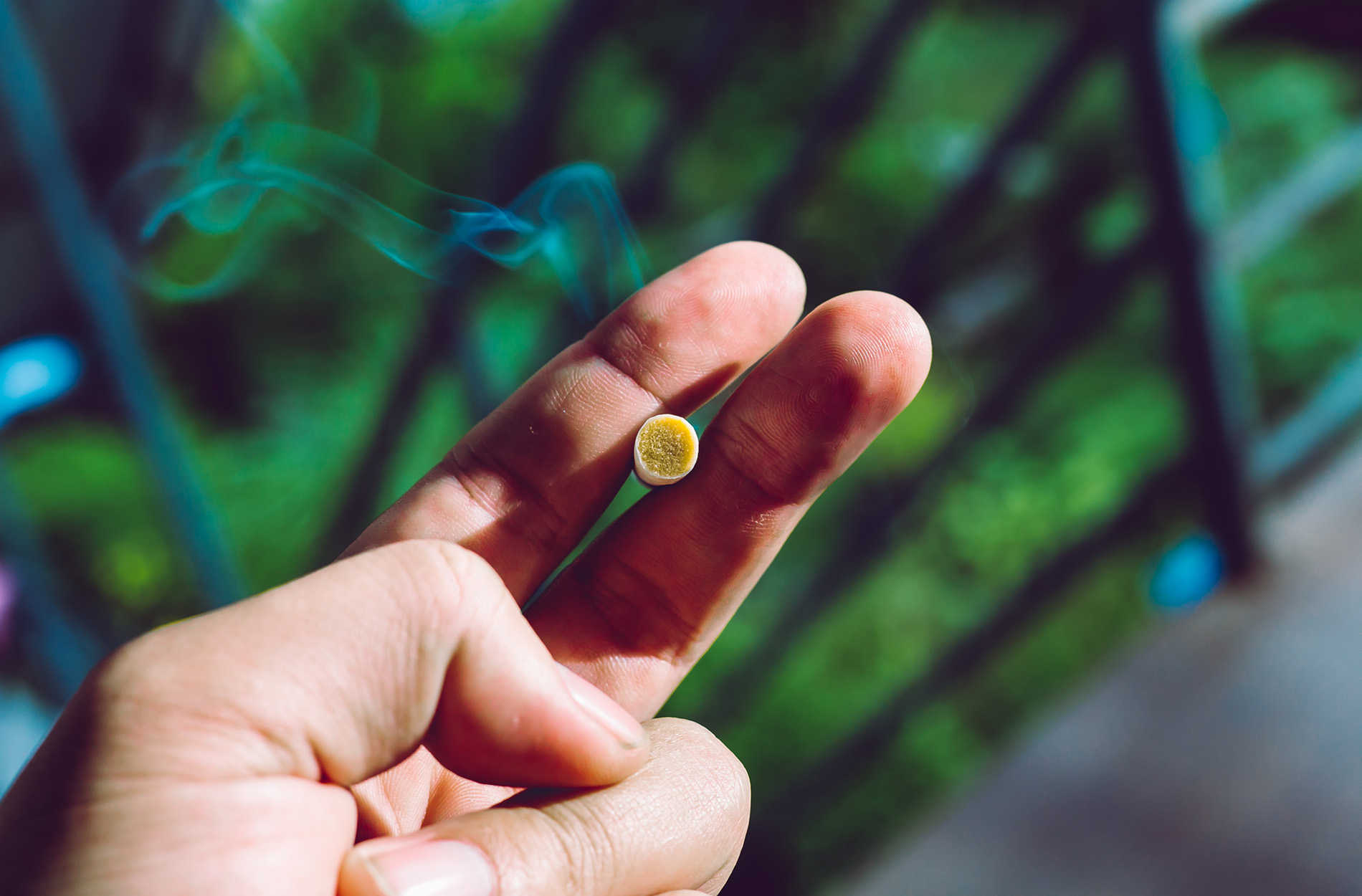Your foot is a complex system of biomechanics. With 28 bones from the toes to the heel, it has the most bones in the human body, based on surface area. Combine that with its intricate set of ligaments, and a foot injury can impact the entire body.
Amanda J. Warner, DPM, is a physician with Lexington Podiatry, a Lexington Medical Center physician practice in Northeast Columbia and Lexington. She treats many patients who have hurt their feet running.
Plantar Fasciitis
Experiencing pain in the heel or arch of your foot that feels like a bruise or ache – or like you’ve stepped on a rock - are ways people describe a condition called plantar fasciitis.
“People really struggle with plantar fasciitis because it’s aggravated in many ways,” Dr. Warner said.
Plantar fasciitis is an inflammation in the ligament that stretches from your Achilles tendon to your toes called the plantar fascia. It results from putting pressure on the ligament by activities such as running.
“I tell people to think of their foot like a tripod,” Dr. Warner said. “A lot of people have imbalance which causes increased pressure.”

Dr. Amanda Warner
Ice, anti-inflammatories and stretching can help the condition. Dr. Warner can also suggest inserts for your shoes based on the look of your foot and how you step. Some patients need minimal support, while others require more.
Achilles Tendonitis
Achilles tendonitis is inflammation of the tendon on the back of the foot. Stretching from your calf to your heel, the Achilles tendon is the largest and strongest tendon in the body. But it’s vulnerable to injury because it has a limited blood supply and high tensions placed on it.“You’re probably creating microtears over time,” Dr. Warner said. “The key is to see a doctor when you first notice a problem. We can correct the biomechanics of how your foot hits the ground, strengthen muscles in your foot and stretch the Achilles tendon.”
Heel lifts or cups for your shoes can also relieve some of the pressure by shortening the distance between the heel and the tendon. Dr. Warner may also recommend platelet rich plasma injections, which can nourish the tendon and help it to heal. Sometimes, night splints can help, too.
Sprains and Strains
Ankle sprains can be complex. Instability in an ankle joint can predispose you to fractures or arthritis. A podiatrist can conduct imaging tests to determine the best treatment.
“Joints have ligaments surrounding them to make sure the joints move well,” Dr. Warner said. “Over time, ligaments may become less taught because of injuries. That causes instability that can injure the bone or cartilage of the joint.”
It’s one reason why wearing the right shoe is important. Shoes with enough support are key to success over time. And once they start to wear down, buy a new pair.
Shin Splints
Shin splints result from repetitive stress on the shin bone – the large bone in the front of your lower leg - and the connective tissues that attach muscles to bone.
“Shin splints occur a lot in people who are new to running or who are mixing up their exercise routine,” Dr. Warner said.
Sometimes, doctors suggest activity modifications. They can also tape or pad the area to promote healing. Wearing the right shoes can help prevent shin splints, too.
The Takeaway
Patients need to stay active and on their feet to optimize long-term health. Early intervention will help prevent chronic injuries and trips to the operating room for surgery.
“The way your foot interacts with the ground affects everything up to your back and shoulders,” Dr Warner said. “The sooner a condition is diagnosed and treated, the happier runners will be.”
Dr. Amanda Warner is accepting new patients. She practices at Lexington Podiatry’s new Northeast Columbia location.






Leave a comment